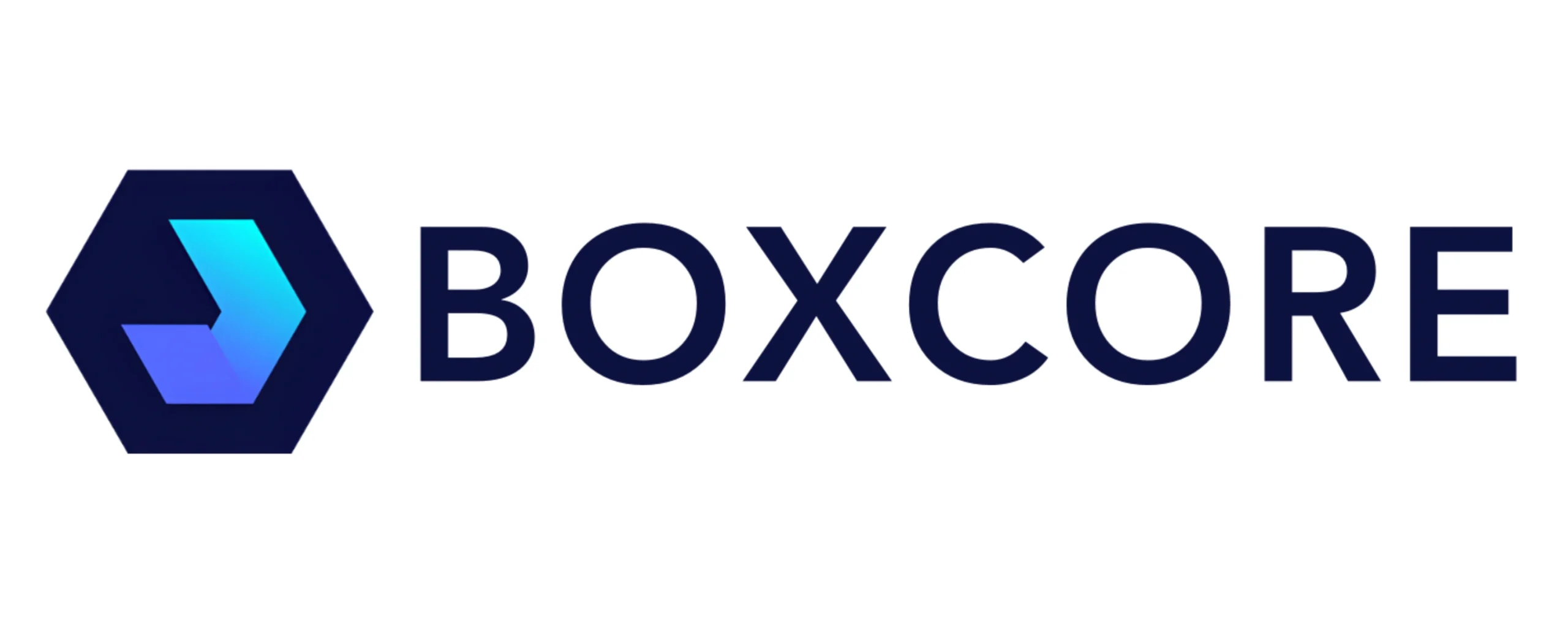Every construction company in the United States has a number that insurers and clients quietly use to assess them: the EMR rating. Short for “Experience Modification Rate,” EMR plays a major role in determining how much a contractor pays for workers’ compensation insurance—and can even influence whether they win work. Understanding how EMR is calculated, how to improve it, and how software like Boxcore supports that process is essential for every construction leader aiming to reduce costs and stay competitive.
What Is an EMR Rating?
EMR is a numerical representation of a company’s safety record compared to the industry average. An EMR of 1.0 is average. A score above 1.0 means your company is seen as a higher risk and will pay more for insurance. A rating below 1.0 indicates better-than-average safety performance—and unlocks lower premiums and better job opportunities.
Why It Matters:
- Higher EMR = Higher Insurance Costs: Even a small increase can result in tens of thousands in extra premiums annually.
- Bid Eligibility: Many clients—especially public bodies and large general contractors—won’t allow companies with an EMR above 1.0 to bid.
- Reputation: It signals how seriously your company takes safety.
How EMR Is Calculated
While the exact formula varies slightly by state, the National Council on Compensation Insurance (NCCI) provides the model used by most jurisdictions. The EMR is based on:
- Past Workers’ Compensation Claims: Including both the number and cost of claims over a three-year period (excluding the most recent policy year).
- Expected Losses: Based on your company’s size and type of work.
- Actual Losses: What your company has really paid out in claims.
In simple terms:
EMR = Actual Losses / Expected Losses
If your losses match expectations, you’ll get a 1.0 rating. Safer companies outperform expectations and earn a lower EMR.
What Impacts EMR?
Several factors directly influence your EMR score:
- Frequency of Claims: A large number of small claims is worse than one rare large claim.
- Severity of Claims: Higher medical or indemnity payouts increase your EMR.
- Lack of Training Records: If workers haven’t been properly trained or inducted, your legal liability (and cost per claim) rises.
- Delayed Reporting: If incidents aren’t reported and investigated promptly, claims can spiral in cost.
Why Many Construction Firms Get This Wrong
Construction companies often underestimate how much poor documentation and slow incident handling impacts their EMR. Many still rely on paper forms, siloed data, or ad-hoc processes. By the time an injury report makes it to head office, days might have passed—too late to influence the outcome of a claim.
What’s worse, without clean audit trails and real-time safety data, companies can’t demonstrate that they’ve trained their workers properly or that equipment was inspected and certified. This opens the door for higher payouts, legal complications, and poor EMR performance.
How Software Like Boxcore Helps Lower EMR
Boxcore is built specifically to solve these issues. By streamlining how safety data, training, and incidents are managed on-site, it helps companies prevent injuries and reduce claim costs. Here’s how:
1. Real-Time Safety Documentation
Boxcore provides a single source of truth for safety records. Whether it’s a training certificate, asset inspection, or safety document, everything is logged and instantly accessible from any device.
➡️ Learn more: Boxcore Safety Features
2. Digital Inductions and Training Tracking
Ensure every worker has completed the right project-specific and task-specific training, and orientation requirements. Site teams can instantly check the training status of anyone on-site, helping prevent unqualified workers from operating unsafely.
➡️ Related: Effective Construction Worker Onboarding
3. Facial Recognition Access Control
Prevent unauthorised or untrained workers from entering site. With Boxcore’s facial recognition access control, only approved workers with up-to-date training records can clock in.
➡️ Read more: Access Control Solutions
4. Digital Incident Reporting
Report incidents instantly through the mobile app. Managers can upload photos, assign investigations, and create follow-up actions on the spot. This rapid response reduces the cost and severity of claims—key to lowering your EMR.
5. Integrated Inspections and Audits
Weekly equipment inspections and site audits can be completed in seconds. Boxcore makes it easy to assign actions, track completions, and show compliance in the event of an investigation or insurance audit.
➡️ See how: Simplifying Inspections in Ireland
Real-World Impact
Padraig Reilly, founder of Boxcore, explains:
“At the end of the day, our goal is simple: we want to give contractors tools that actually make their lives easier on site. It’s about cutting down the admin, improving safety and helping teams get the job done with less hassle.”
Contractors using Boxcore are already seeing significant reductions in administrative overhead, faster audits, and better visibility into safety gaps. That translates into fewer claims, faster resolution, and ultimately, a lower EMR.
Why Now Is the Time to Act
Construction insurance costs continue to rise—and EMR remains one of the only factors you can directly control. Investing in safety systems that simplify data collection, training management and reporting doesn’t just keep your workers safe. It saves money.
And it isn’t just for large firms. Boxcore is used by general contractors, subcontractors, and Tier One firms alike. Whether you have 10 or 1,000 workers, the principles are the same: avoid injuries, respond quickly, document everything.
➡️ For subcontractors: Boxcore for Subcontractors
➡️ For general contractors: Boxcore for General Contractors
Steps You Can Take Today
If you’re looking to improve your EMR, start with these practical steps:
- Audit Your Current Safety Data
Are all training records up to date and accessible? Are equipment inspections logged? - Digitise Inductions and Attendance
Ensure only properly trained staff are on site. Facial recognition and digital onboarding help automate this. - Streamline Incident Handling
Don’t wait days to file an injury report. Get your supervisors trained to log incidents immediately using mobile tools. - Review Access Control Measures
Make sure only qualified workers are accessing specific areas or equipment. - Choose Software That Actually Gets Used
Many tools look good on a demo but fail on-site. Boxcore’s simplicity means foremen, subcontractors and site teams get up and running in minutes—not weeks.
Conclusion
EMR rating calculation might seem like a technical insurance metric, but in reality, it reflects the heartbeat of your safety performance. It impacts your bottom line and your ability to win work. By using construction safety software like Boxcore, you’re not just ticking a box—you’re building a safer, more efficient business that’s fit for long-term growth.
Start reducing your EMR today by exploring Boxcore’s safety management tools.


